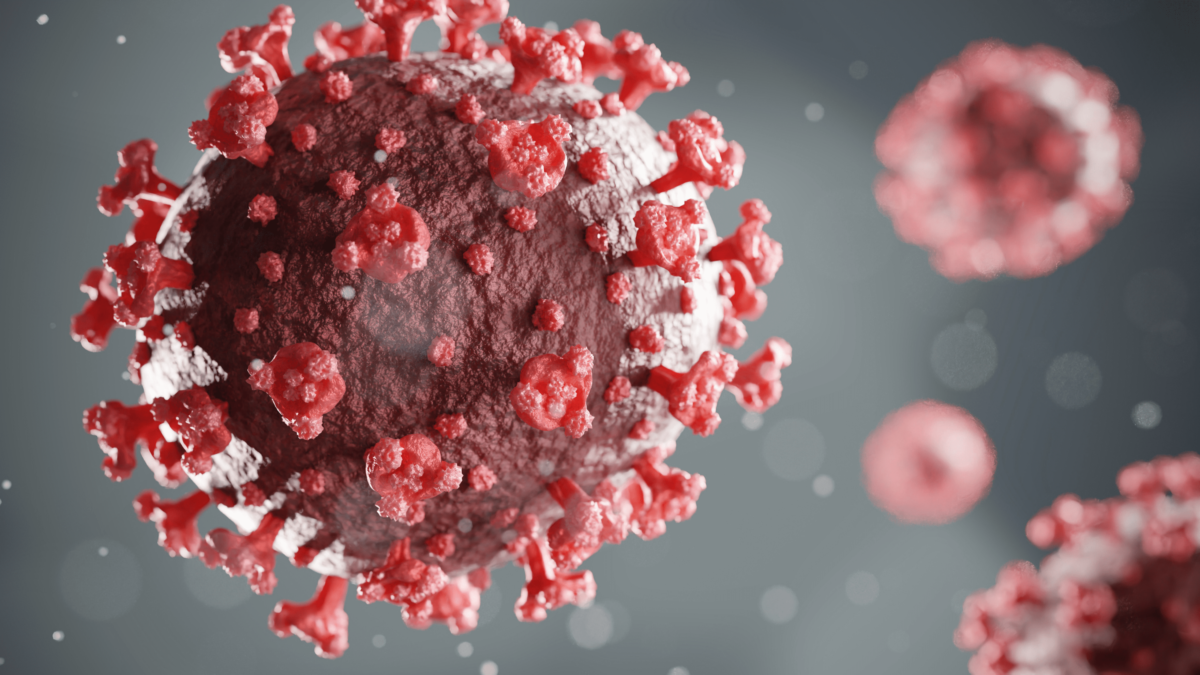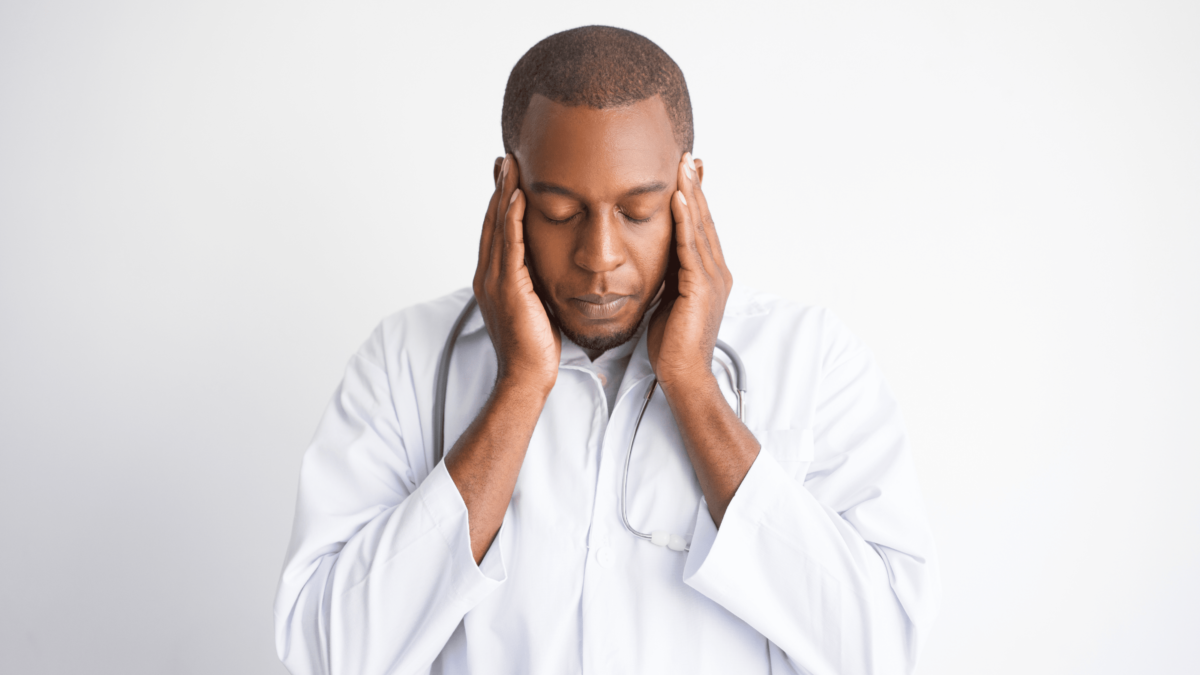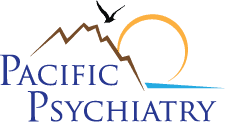Physician Wellness in America

“Healthy citizens are the greatest asset any country can have.” -Sir Winston Churchill.
The issue of physician wellness has grown immensely in importance over the last decade or more, and with the COVID-19 pandemic still raging internationally, perhaps even more so. This is due to wellness’s critical impact not only on the lives of physicians and their families, but also on the ability of healthcare systems to function optimally and provide the best possible care to patients. A growing body of research and international attention is mounting because of the belief amongst institutions and stakeholders that it takes a healthy doctor workforce for health systems to operate effectively in the service of providing high quality patient care.
What is physician wellness? What is burnout? Definitions abound and research on this subject is rife with a lack of consensus as to precisely what constitutes the construct of physician wellness. A conceptual definition of physician wellness has been proposed by Brady et al., “Physician wellness (well-being) is defined by quality of life, which includes the absence of ill-being and the presence of positive physical, mental, social, and integrated well-being experienced in connection with activities and environments that allow physicians to develop their full potentials across persona and work-life domains” (Brady 2017). Closely linked to Physician Wellness is the opposing and widely recognized concept of burnout, and the health and wellness promoting concept of resilience. Burnout has been described as a syndrome characterized by a loss of enthusiasm for work (emotional exhaustion), feelings of cynicism (depersonalization), and a low sense of personal accomplishment (Shanafelt 2012).
Resilience is defined as the collection of personal qualities that enable a person to adapt well and even thrive in the face of adversity and stress (Connor 2003). Recently West et al have shown that “Resilience is inversely associated with burnout symptoms.” Hence, developing resilience is central to the development of physician wellness (West 2020). These are theoretical and complex constructs which will require ongoing research and application to develop practical and actionable elements making it possible to optimize physician resilience and wellness and minimize burnout.
If physicians are going to thrive in this new era of medicine, physician groups, institutions and healthcare systems will have to work together to optimize the attainment of health and wellness. Without this, the worthy goals of physicians will not be realized, and patient care will ultimately suffer.

References
Brady KJS, Trockel MT, Khan CT, Raj KS, Murphy ML, Bohman B, Frank E, Louie AK, Roberts LW. What Do We Mean by Physician Wellness? A Systematic Review of Its Definition and Measurement. Acad Psychiatry. 2018 Feb;42(1):94-108. doi: 10.1007/s40596-017-0781-6. Epub 2017 Sep 14. PMID: 28913621.
Connor KM, Davidson JR. Development of a new resilience scale: the Connor-Davidson Resilience Scale (CD-RISC). Depress Anxiety. 2003;18(2):76-82. doi: 10.1002/da.10113. PMID: 12964174.
Shanafelt TD, Boone S, Tan L, Dyrbye LN, Sotile W, Satele D, West CP, Sloan J, Oreskovich MR. Burnout and satisfaction with work-life balance among US physicians relative to the general US population. Arch Intern Med. 2012 Oct 8;172(18):1377-85. doi: 10.1001/archinternmed.2012.3199. PMID: 22911330.
West, Colin P et al. “Resilience and Burnout Among Physicians and the General US Working Population.” JAMA network open vol. 3,7 e209385. 1 Jul. 2020, doi:10.1001/jamanetworkopen.2020.9385
Would you like to read more blogs in this article series?
Click the links below.
Physician Health & Wellness in the Era of COVID-19: “If not now, when?”
Physician Health & Wellness in the Era of COVID-19: Better Days Ahead – the Rollout of Vaccines
